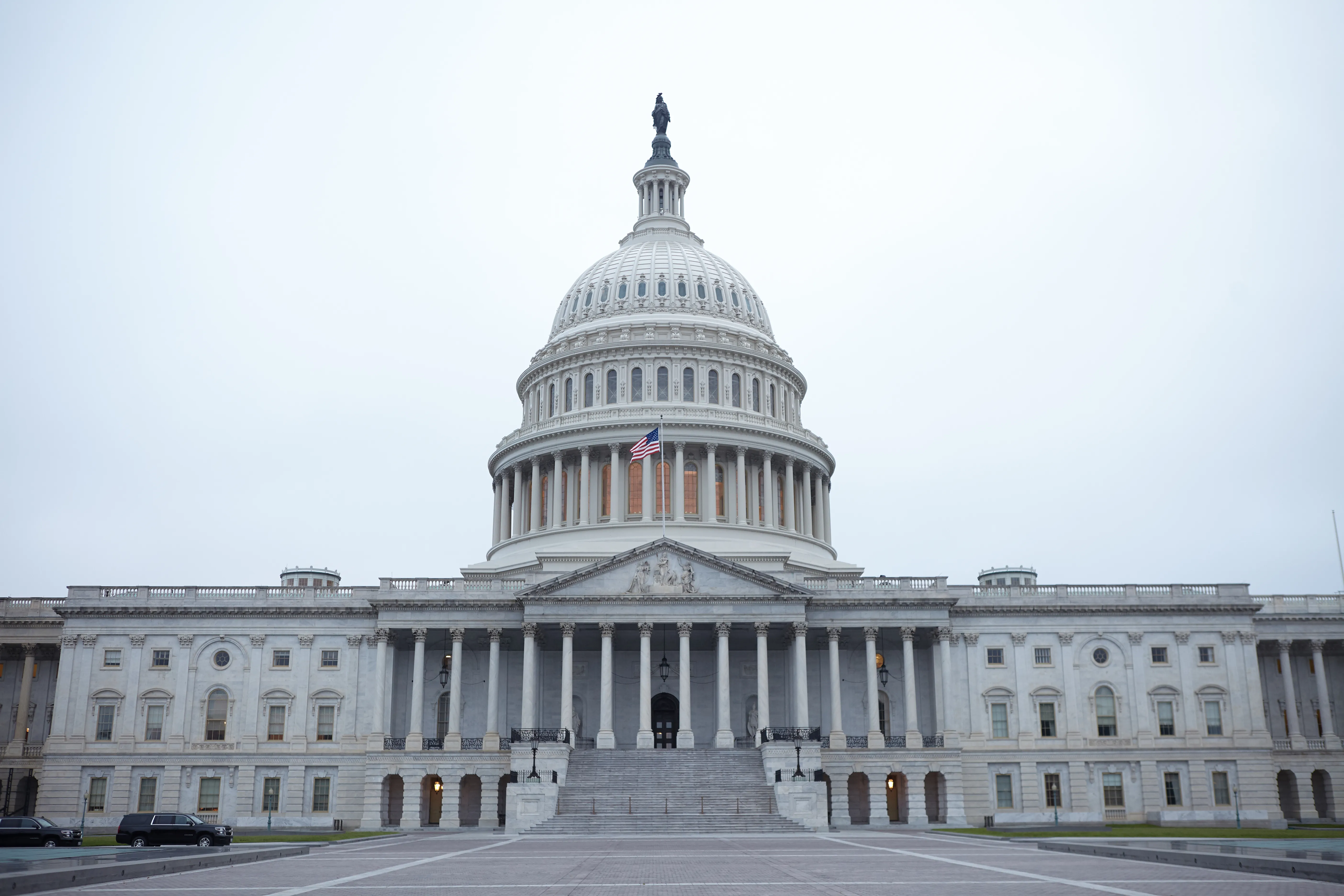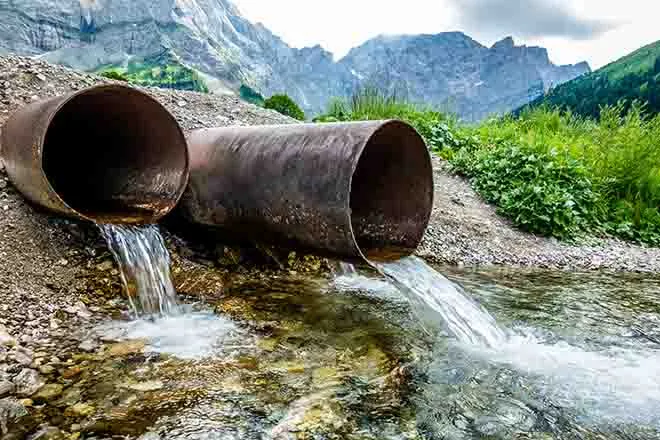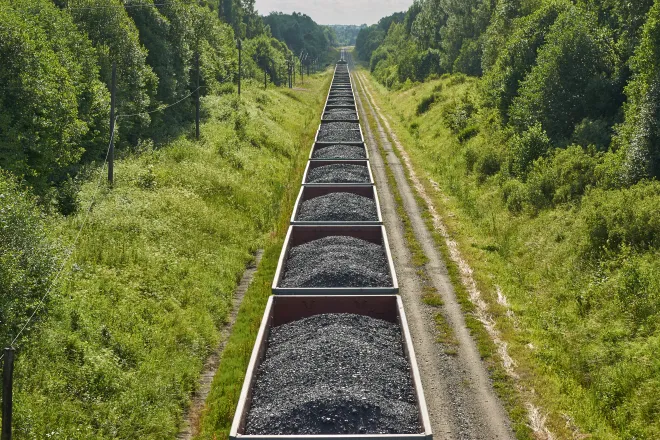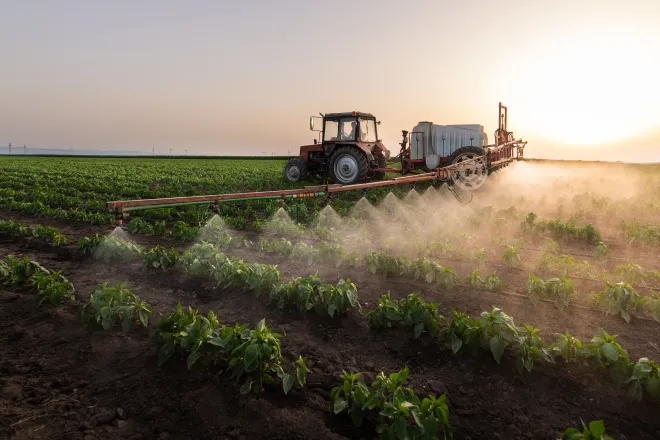
Report faults EPA for not enforcing limits on toxic benzene emissions at oil refineries
(Colorado Newsline) The federal Environmental Protection Agency must do a better job ensuring that oil refineries that exceed emissions limits for benzene, a toxic, carcinogenic pollutant, cut those concentrations, the agency’s inspector general found.
“Thirteen of the 18 refineries we reviewed had benzene concentrations above the action level in 20 or more weeks after the initial exceedance,” says the report released Sept. 6, by the EPA’s Office of Inspector General. “These refineries may not have accurately identified the root cause of their exceedances or taken appropriate corrective actions. Despite the existence of potential issues, the EPA and delegated authorities took limited formal enforcement-related actions at refineries under the benzene fenceline monitoring regulations.”
The EPA estimates that most benzene pollution from refineries comes in the form of “fugitive emissions” like leaks from tanks or equipment and don’t come from a stack or vent, making them difficult to monitor. In 2015, the agency required oil refineries to monitor benzene concentrations along their perimeters, called “fencelines.” If annual average concentrations exceed a so-called “action level” of 9 micrograms per cubic meter, the facilities are supposed to find the cause of the emissions and take action to reduce them, the IG report says.
That action level is based on modeling, not on a health standard or risk to nearby communities. The EPA reasoned that refineries wouldn’t have benzene concentrations above the fenceline action level if they were complying with pollution control requirements. A separate concentration of 29 micrograms cubic meter has been established by the Agency for Toxic Substances and Disease Registry and serves as “an estimate of the amount of benzene a person can breathe each day for up to two weeks without an appreciable risk of adverse noncancer health effects.”
Of the 25 refineries across the country that exceeded the action level, 18 also exceeded that minimum risk level in sampling periods, the report says. Fourteen of them are in communities with environmental justice concerns, specifically those with high percentages of low-income residents and or residents of color.
“If refineries do not reduce their benzene concentrations after exceeding the action level, nearby communities could be exposed to benzene concentrations that increase the risk of adverse health effects,” the Inspector General Office said.
In a podcast published by the IG office, Andrea Martinez, the auditor in charge of the report, said her office examined 118 refineries that submitted their fenceline monitoring data to the EPA between February of 2018 and September of 2021. Over that span, average benzene concentrations for all the refineries decreased, but 25 refineries, or 21%, exceeded the action level standard at least once.
“Three never did manage to reduce their benzene concentrations to or below the action level during our period of analysis, while another six that successfully reduced their benzene concentrations ended up once again exceeding the action level,” Martinez said.
She noted that refineries exceeding pollution limits may not be finding the true root cause of the pollution or not taking appropriate action.
“For example, we looked at eight corrective plans submitted by four refineries and found that only one refinery managed to reduce and keep its benzene concentration to or below 9 micrograms per cubic meter for 10 subsequent weeks,” Martinez said.
‘Doop loop’
Of the nine refineries with the worst benzene pollution, EPA only took action against one.
That refinery was the HollyFrontier’s Navajo Refinery in Artesia, New Mexico, which got a notice of violation in May of 2020. The IG noted that EPA, however, did not take action against the second-highest scoring facility for benzene concentrations, Philadelphia Energy Solutions, which exceeded action level in 44 sampling periods and submitted a corrective action plan in June of 2019, shortly before massive explosions at the refinery.
“The refinery exceeded the action level in the majority of two-week periods for more than two years after ceasing operations, and no enforcement action was taken,” the report says.
Neither did state agencies, who are delegated by EPA to enforce environmental laws like the Clean Air Act, didn’t initiate enforcement action against any of the facilities over their benzene pollution, the report found.
“For example, one state told us that enforcement of the regulations is challenging because an exceedance of the action level is not in and of itself a violation,” the IG Office said. “In addition, one state told us that enforcement is challenging because the regulations do not contain a time frame or number of sampling periods by which a refinery must correct an exceedance. Thus, delegated authorities may be unsure when enforcement action may be warranted or should be taken.”
Eric Schaeffer, a former EPA director of civil enforcement who now heads the Environmental Integrity Project, which advocates for effective environmental law enforcement, said part of the problem is a lack of a clear “finish line” for corrective action plans in the existing regulations.
In effect, a refinery can wind up in a “doop loop” of pledging fixes and submitting corrective plans while still exceeding benzene limits.
“They have the authority to do something. And they should use it,” Schaeffer said of the EPA. “And that authority would be to come in, investigate and say ‘You’re not doing enough.’”
An EPA spokesman said the agency had no comment on the report.
However, in its response to the inspector general, the EPA said it agreed with recommendations to provide more guidance to state and local agencies that have delegated authority to enforce rules on what constitutes violations of the benzene regulations. The agency also largely agreed with recommendations that it develop an internal strategy for refineries that fail to reduce their benzene levels, including best practices for monitoring concentrations, verifying that an “appropriate corrective plan that addresses the root cause and actions” has been submitted and taking action at refineries that fail to do so, among others.
Schaeffer said the revelation in the report that benzene levels have been falling generally is welcome news. “The encouraging thing is the numbers have come down for many refineries. It’s just there’s a group that hasn’t broken the pattern. There hasn’t been enough action,” he said.
The IG report comes as the EPA is proposing to extend the fenceline monitoring system to chemical plants, he noted. “It points to a serious loophole that really needs to be closed to make it work and it should to protect public health,” he said.
EPA enforcement staff, he added, know “that fenceline monitoring makes a difference and gives them a way to track what’s getting out of the facility.”
Colorado Newsline is part of States Newsroom, a network of news bureaus supported by grants and a coalition of donors as a 501c(3) public charity. Colorado Newsline maintains editorial independence. Contact Editor Quentin Young for questions: info@coloradonewsline.com. Follow Colorado Newsline on Facebook and Twitter.

















